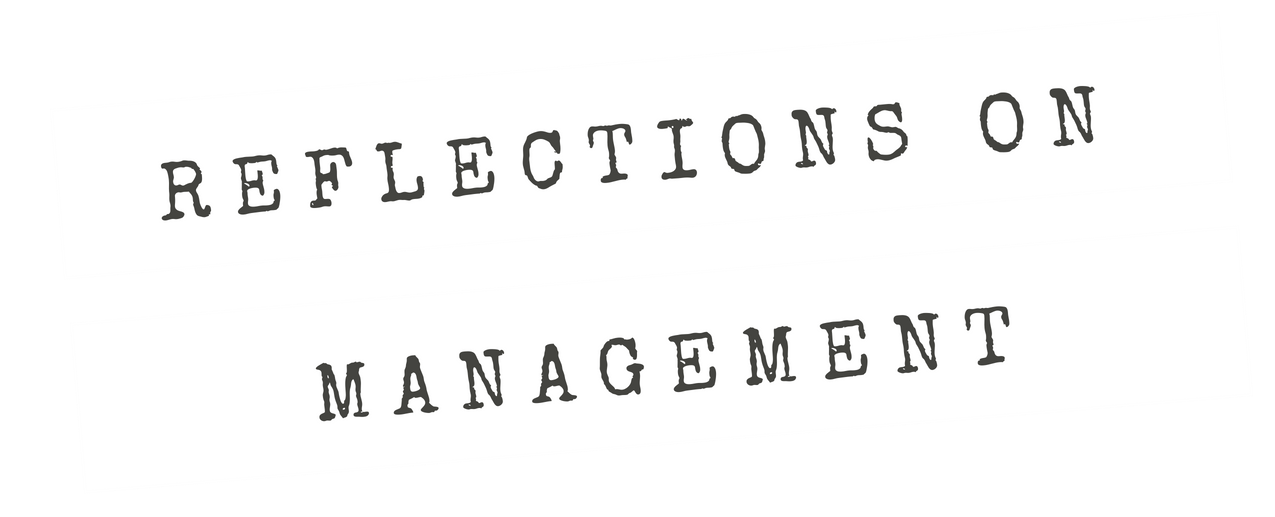Half of the group, as I recall, said, “I wish I said something!” And it turns out that particular group struggled to collaborate …
Season 7, Episode 5 — Click here to download the transcript
Words matter. We use words to help share understanding and get things done. But words can also be an impediment. I am sure you have been in organizations where there is a lot of jargon – words, acronyms, idioms, and other constructs that mean something to members but little to nothing to anyone else. Jargon can be used to include and exclude. But that’s the obvious case. Less obvious is the way organizations can miscommunicate with basic terms. Consider the term ‘fairness.’ We all probably have a similar idea of what fairness means but if we try to get everyone in an organization to describe their definition of it? Many will struggle because it isn’t concrete and few will define it the same way. So when we try to make sense of the corporate knowledge of an organization, to what extent must we make sense of the corporate vocabulary?
As I expressed in the previous episode, the taxonomic meta-narrative is about how we use language to describe the situation we are observing or immersed in. It is the story of stories on how the organization’s words and associated meanings are translated into structures, cultural artifacts, and the collective experiences of members and clients, customers, or stakeholders. It determines how language determines what is considered ‘in’ and what is ‘out,’ as language can be inclusive or exclusive (think about how jargon and other localized terms prevent non-members from understanding everyone is talking about).
In this episode, I present an icebreaker exercise that I like to use that highlights how misunderstandings can easily happen on common terms. The goal is to encourage shared understanding, but it is also a self-awareness exercise that attempts to capitalize on the individual perspectives of everyone and not force-feed a consensus answer. If you are interested, the instructions for conducting the exercise are available here.
In the next episode, I will go over in detail how I construct a taxonomic meta-narrative from the terms and associated meanings and shared understandings.


